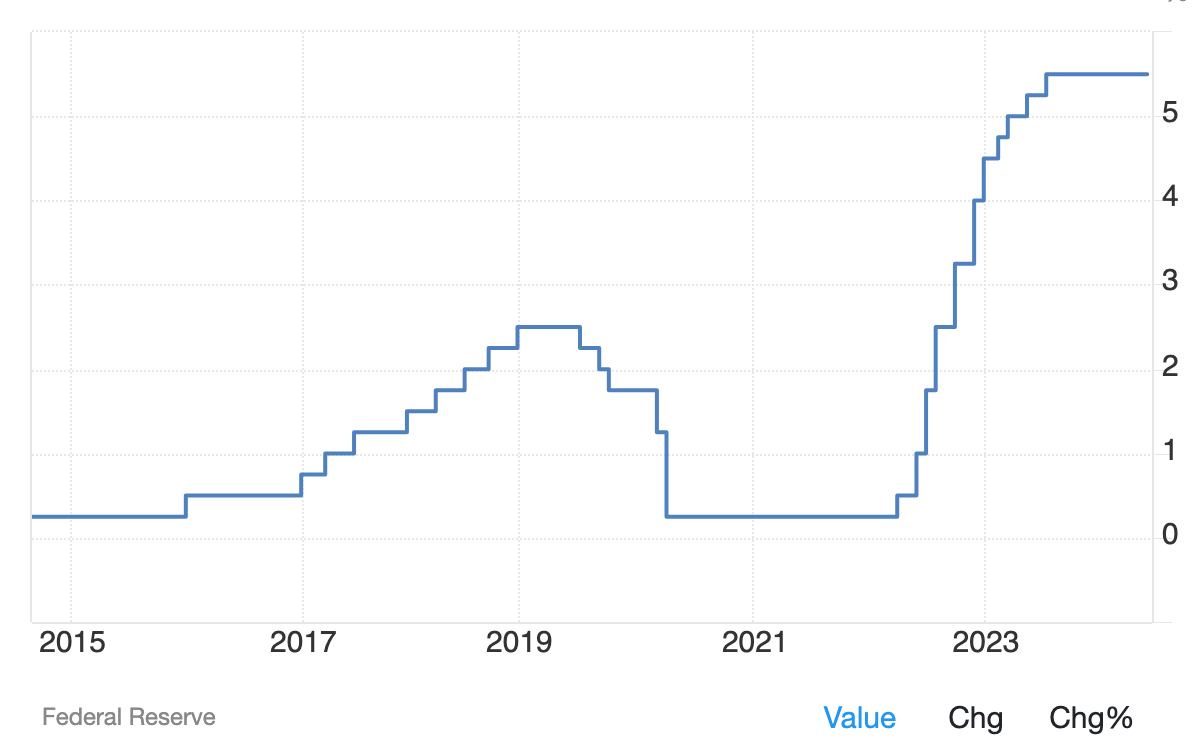How to get a PM job
The real reason why candidates are being ghosted by recruiters. How to shift your application strategy to land a dream job in product.
Recently multiple people reached out to me, asking how to get a job in product.
They all followed the similar strategy. Apply to as many job postings as possible to no avail (scattergun approach). None got any offers.
Same trend is seen in a bunch of videos shared by tech workers all around the world (guy applied to 1500 jobs, applied to 600, 250, 150 and the stream is endless).
What is happening? Did the tech market really become that bearish? Has the expectations shifted?
Is it still possible to got a job in tech?
Yes, it is. I can assure you as a hiring manager with opened product positions.
In this article I’ll explain what is happening, what are you doing wrong and how to shift your approach to success.
Today’s article
Bearish market.
Down market and why it might seem harder to get a job. How many product managers are competing for a single position.
🔒 Why you’re not getting offers (from a perspective of the hiring manager)
Relevance
Hiring channels breakdown
🔒 Effective application strategy. Actionable playbook that will increase your chances of landing a job x10.
📝 Word count: 1769 words
⏱️ Reading time: ~10 minutes
🐻 Bearish market
A few things happened in the past three years.
US Fed Reserve has cranked up the fed funds interest rate to a 23-year time high of 5.5%. This was done to mitigate the inflation, but made access to loan money more expensive.
As a reaction to this, VC funding has dried up (plummeting from $42b in 2021 to $15b in 2023, a level of 2014-2015).
Lack of VC funding pushed companies to focus on profitability and cost efficiency. Over 2022-2024, 2641 tech companies have laid off 554k employees from all fields and seniority levels (more on this here). Product managers represented 18.9% or 104k of all lay-offs.
This has infused the market with an unprecedented amount of unemployed talent.
According to LinkedIn data, there are 7.4m product managers globally that are looking for a job with a median experience of 6 years.
On the supply side, there are only 19k jobs available in top hiring hubs across the US, UK, Europe, and India.
That ratio translates to ~388 applicants per single job posting. FAANG is getting a disproportionate amount of applications, up to 5.5k per each.
Yes, the market is bearish, but it’s not hopeless.
Personally I do not buy into the 7.4m number, I’ll explain why.
🤔 Why are you not getting the interviews
The need for product managers is still there.
But a few things have changed.
Back in 2015-2021, companies had easy access to funding and strategically over-hired people.
There were cases when FAANG companies hired people just to build a moat against competitors. Some new joiners didn’t even have a clear role or domain of ownership.
Others hired people for lower confidence projects that existed only on VC money.
The bullish market lowered entry barriers for product managers.
Now, with the excess supply and stricter hiring criteria, companies are going for the best fit.
This means that you have to stand out. Not necessarily in experience, but in relevance for the role.
❌ Why your strategy is ineffective
Relevance
A few months back I’ve posted an ad on LinkedIn about an opened position in my team (by the way, I’m still hiring for it).
I had 50 direct reach-outs with CVs and requests for a chat.
Out of all the reach-outs, only a handful made it to the interview process.
Why?





